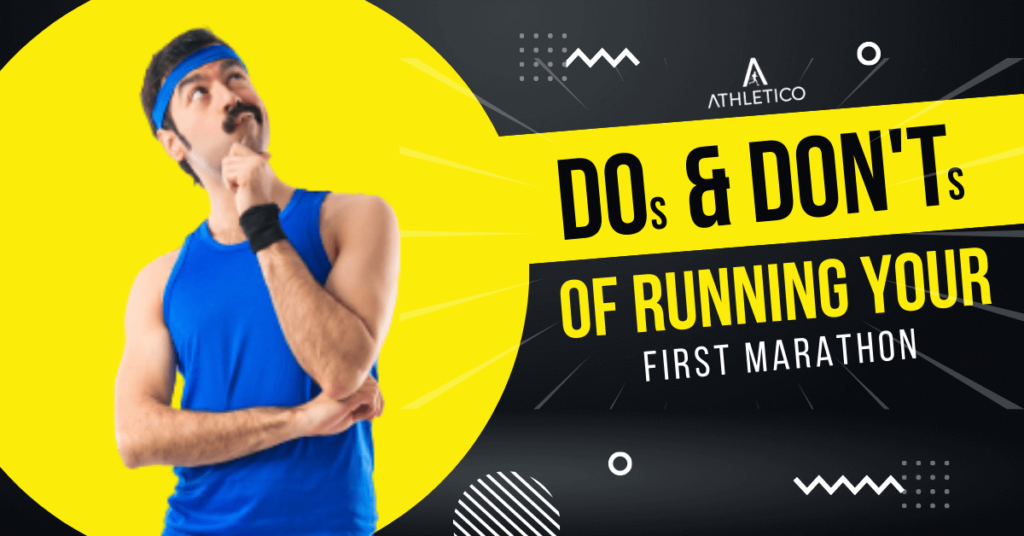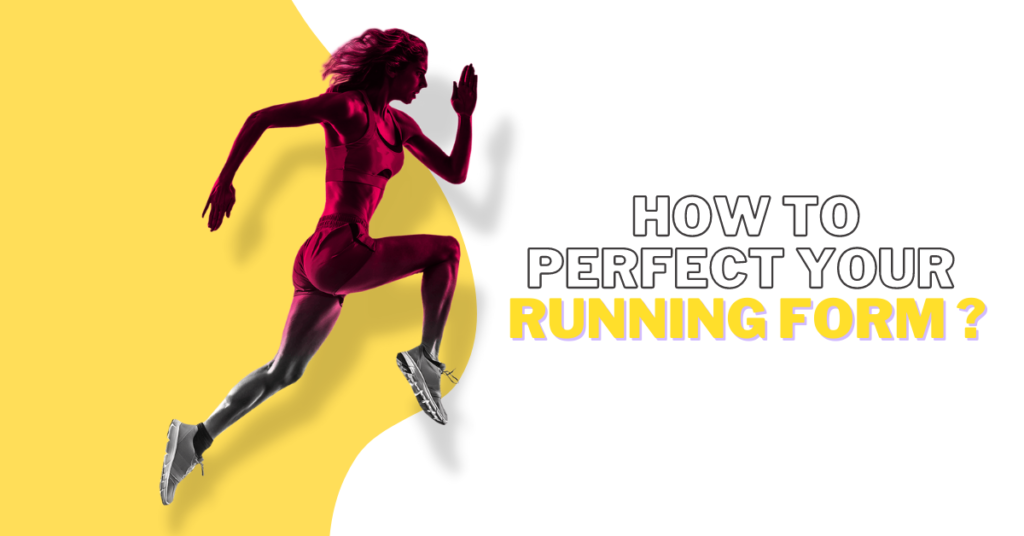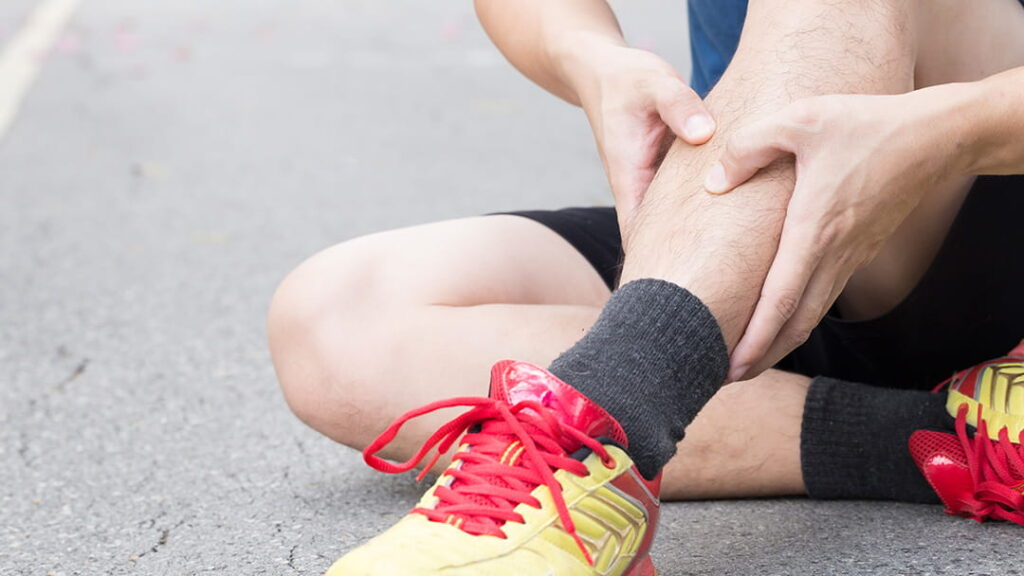Almost decided to quit wrestling after Tokyo Olympics: Vinesh Phogat
When the Indian contingent met at Prime Minister Narendra Modi’s residence, Vinesh Phogat told PTI news agency that she nearly quit wrestling after her disappointment at the Olympics. She also praised PM Modi for motivating her to do it all over again. A knee injury in the quarterfinals dashed her hopes in 2016 Rio Olympics. […]
Almost decided to quit wrestling after Tokyo Olympics: Vinesh Phogat Read More »




















